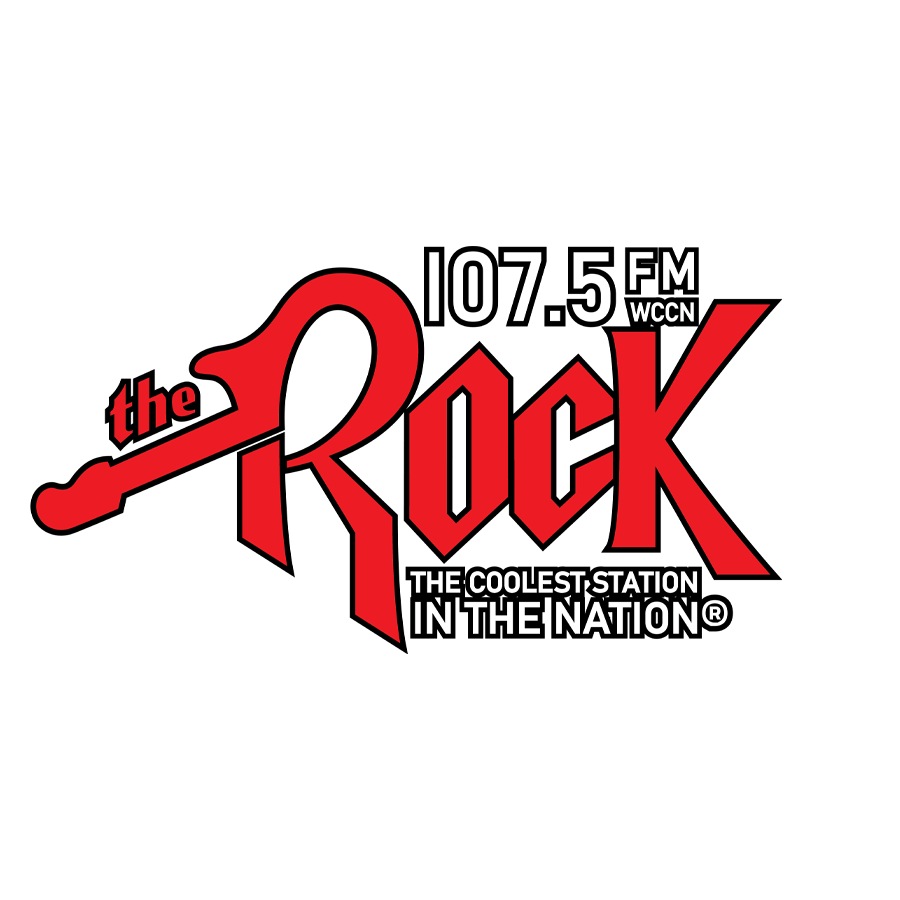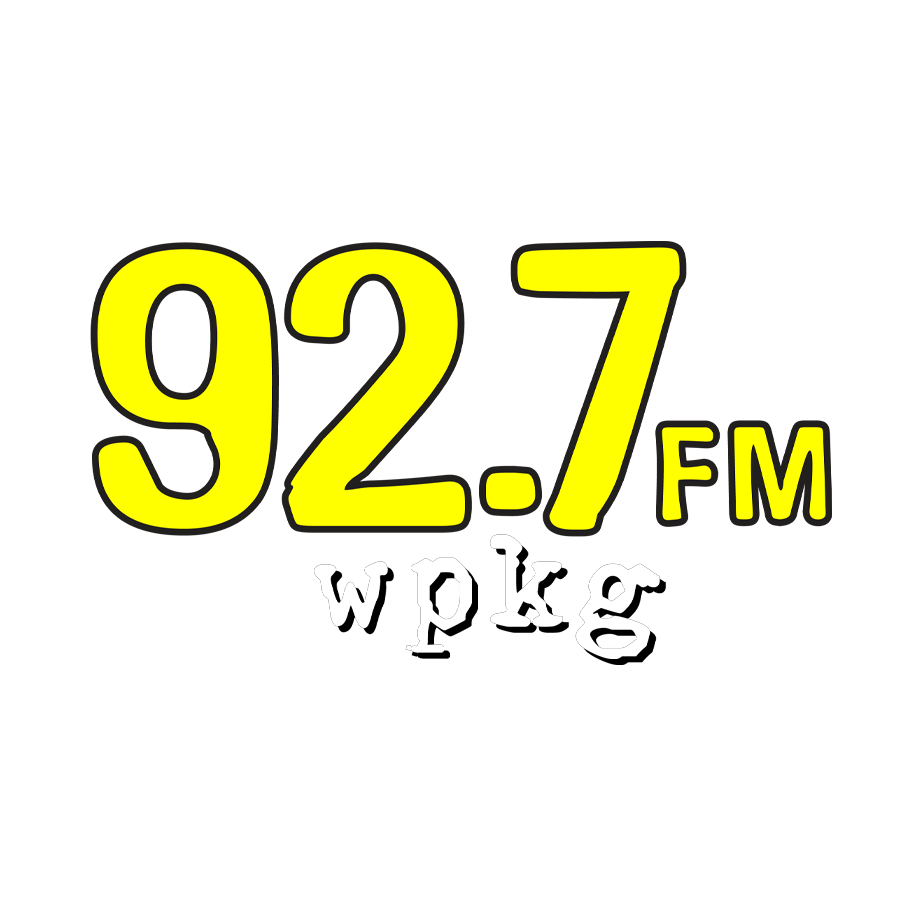Student Participation in Dual Enrollment Programs More Than Doubles; Program Access Isn't Always Equal
Wednesday, July 9th, 2025 -- 11:00 AM
(Nadia Scharf, Green Bay Press-Gazette) Dual enrollment programs, which allow students to earn college credit in high school, have seen student participation more than double in the past decade, according to a new report.
But, according to NAdia Scharf with the Green Bay Press-Gazette, access to those programs isn’t always equal. In a report published July 9, nonprofit Wisconsin Policy Forum used newly available state report card data to explore how dual enrollment participation varies per Wisconsin high school.
Students who participate in dual enrollment programs are more likely to score highly, graduate from high school, enroll in college and earn a degree, according to Wisconsin’s Department of Public Instruction.
But schools that primarily serve students from economically disadvantaged backgrounds or racial minorities are less likely to both offer dual enrollment opportunities and to have students participate in those opportunities, the report shows.
In a separate Marquette University study of 29 Milwaukee schools, three schools saw dual enrollment participation above the statewide average in 2021-22.
Those schools specifically engaged students in dual enrollment programs, the study said. Dual enrollment programs allow high school students to earn both high school and college credit for a single successfully completed course, meant to make college more accessible and affordable.
The courses are taught through the high school at no cost to the students. They’re available through a few different pathways in Wisconsin, including programs through the University of Wisconsin and Wisconsin Technical College systems.
Advanced Placement, or AP, classes are nationally recognized classes that can translate to credit if a student passes an end-of-year exam and the student’s college accepts the class.
International Baccalaureate, or IB, classes provide many of the same college credit opportunities; however, AP is much more popular in Wisconsin. In 2024, about 46,000 Wisconsin students took over 76,000 AP exams.
Participation in dual enrollment programs through UW or WTC systems has more than doubled between 2015 and the 2023-24 school year, according to the Policy Forum report.
Overall, nearly 79,000 students participated in dual enrollment programs in 2023-24, that accounts for more than a quarter of the state’s secondary school students, the report said.
While WTC is by far the largest dual enrollment program in the state, with about 63,000 students in 2023-24, UW programs are growing faster, seeing 12% growth this year for a total of just under 16,000 students.
WTC participation grew by 1.5%. In 2023, about 86% of Wisconsin public high schools offered dual enrollment programs and about 74% offered AP courses, according to the report (both were offered in about 68% of schools).
Larger, more affluent schools were the most likely to offer dual enrollment courses; urban schools were less likely to have courses available than suburban or more rural schools. Any notable exceptions often had strong AP or IB participation instead.
Economic status plays a significant role: Half of schools where 75% of students came from economically disadvantaged backgrounds offer dual enrollment courses, while over 91% of schools where under 25% of students came from economically disadvantaged backgrounds offered dual enrollment.
In general, about 26% of students with the opportunity to take dual credit courses did so. However, urban schools had the lowest rate of dual enrollment participation, while suburban and more rural schools had higher participation rates.
Students in economically disadvantaged areas were less likely to participate. Racial demographics also correlate to participation rates, the report found. Majority minority schools had a dual enrollment participation rate of over 14%, while majority White schools saw a participation rate of just over 25%.
Feel free to contact us with questions and/or comments.




